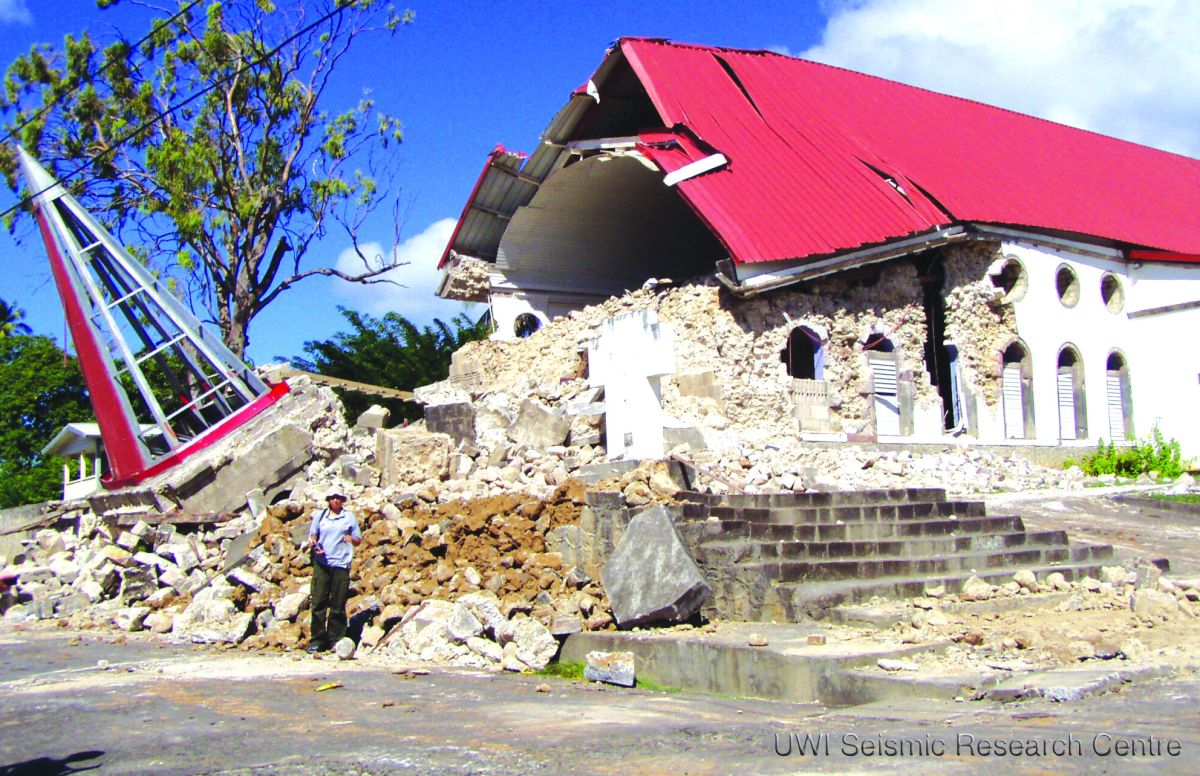An earthquake is among the most extreme naturally caused catastrophes that human beings have ever experienced. Earthquakes happen because our planet’s crust is divided into fifteen to twenty tectonic plates that slowly move in relation to one another. Usually this movement, at the rate of fractions of an inch per year, is so slow that we never notice it. But, sometimes a section of the crust gets stuck. Energy builds up until the crust suddenly slips along a fault line, the stored energy is released and the ground trembles. If the slip happens beneath the ocean, it can cause a gigantic, devastating wave called a tsunami.
The largest earthquake in recorded history struck the city of Valdivia in southern Chile in 1960 killing an estimated six thousand people, and causing billions of dollars worth of damage. The fault rupture that produced the quake, and an enormous ocean-wide tsunami, is estimated by geologists to have been five hundred miles long.
In 2022 an international team of anthropologists and geologists published evidence that prehistoric human beings once endured a far larger earthquake. The quake struck northern Chile 3,800 years ago. The area stricken was in the arid Atacama desert along the Chilean coast. At the time, the northern Chilean coast was inhabited by human communities that lived a prehistoric lifestyle of hunting, gathering, and fishing. Geological evidence shows the area of slippage spanned more than six hundred miles, and produced a tsunami sixty feet tall and five thousand miles long. Archaeological findings show the tsunami toppled stone walls and devastated settlements throughout the area. Afterwards, the area remained uninhabited for a thousand years.










